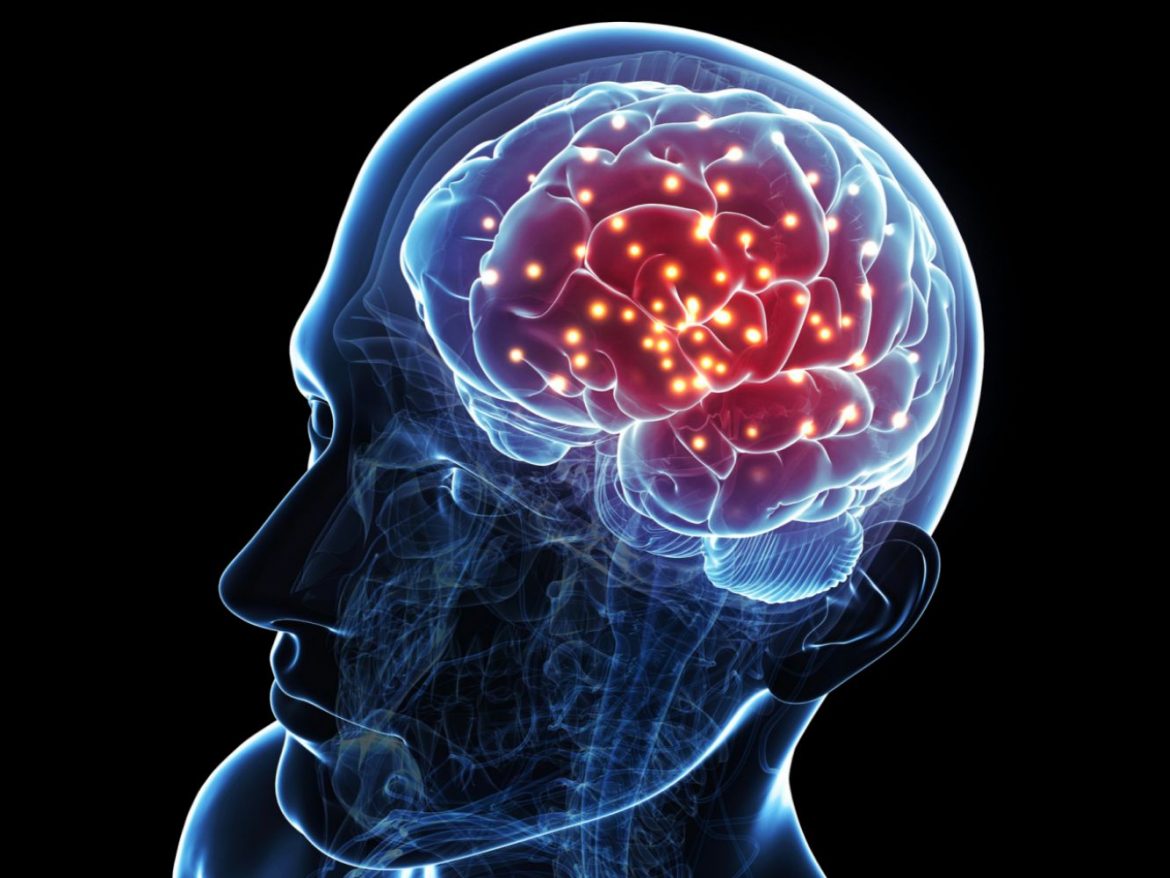A team of USC Keck School of Medicine researchers conducted the first documented study of the brains of boys and girls with binge eating disorder and observed significant differences in brain anatomy between the sexes.
The findings were just published in the journal Psychological Medicine. The study, which builds on previous research suggesting that binge eating disorder is hardwired in the brain from birth, is an important first step toward understanding the neurobiology of binge eating disorder and how it differs between sexes.
It also provides vital evidence that boys, who were previously excluded from eating disorder studies, must be included in future efforts to understand the genesis of eating disorders. “Males have been excluded from eating disorder research for decades,” said Stuart Murray, DClinPsych, PhD, Della Martin Associate Professor of Psychiatry and the Behavioral Sciences at USC’s Keck School of Medicine, noting that the exclusion was perpetuated by the belief that eating disorders were uncommon in men. “As a result of the exclusion of boys and men, we have created therapies only via research on females, which we then apply to boys and men in the hope that they work as well.”
However, it has been increasingly obvious in recent years that some eating disorders are almost as common in men and boys as they are in women and girls. At the same time, research has shown increasing evidence that eating disorders are brain illnesses rather than the consequence of societal pressure or a lack of willpower, which Murray described as popular misconceptions that have been debunked.
The condition is the same, but the brain anatomy is different. Using data from the Adolescent Brain Cognitive Development project, the biggest brain development study in the United States, the researchers selected 38 boys and 33 girls among the study’s 11,875 participants who had a diagnosis of binge eating disorder. Boys account for around 57% of children with binge eating disorder.
Adult males account for around 43% of people suffering from binge eating disorders. Using voxel-based morphometry, a neuroimaging technique that allows researchers to assess variations in structural brain architecture throughout the whole brain, the research team was able to measure the grey matter density in the brains of the nine- and 10-year-olds in the study. It discovered that, when compared to a control group of 74 children who were age, BMI, and developmental maturity matched, girls with binge eating disorder had higher grey matter density in numerous areas of the brain known to be associated with impulse control and binge eating disorder symptoms. Boys with binge eating disorder, on the other hand, did not have increased grey matter density in these locations.
This increased grey matter density in binge eating disorder girls shows that a critical brain maturational process, synaptic pruning, may be disrupted or delayed in these girls.
“This data definitely indicates that any neurobiological explanation of binge eating disorder must be stratified by gender,” Murray added. Male inclusion is crucial for future therapies. Similarly, because boys and girls with binge eating disorder, the most frequent kind of eating problem, have distinct brain architecture, males may require different sorts of therapy than females. Murray also mentioned that novel therapies for binge eating disorder are on the way, including transcranial magnetic stimulation and direct current stimulation, both of which target the brain directly.
As with past studies on eating disorders, only female patients have been included in this study thus far.
“Because of the variations in brain anatomy between boys and girls with binge eating disorders, any therapy targeting the brain must be studied on both males and females,” Murray said. “Or else, we’d be targeting regions of the male brain that aren’t necessarily dysfunctional.” Murray and his colleagues will then investigate if, in addition to having distinct architecture, male and female binge eating disorder brains work differently.

